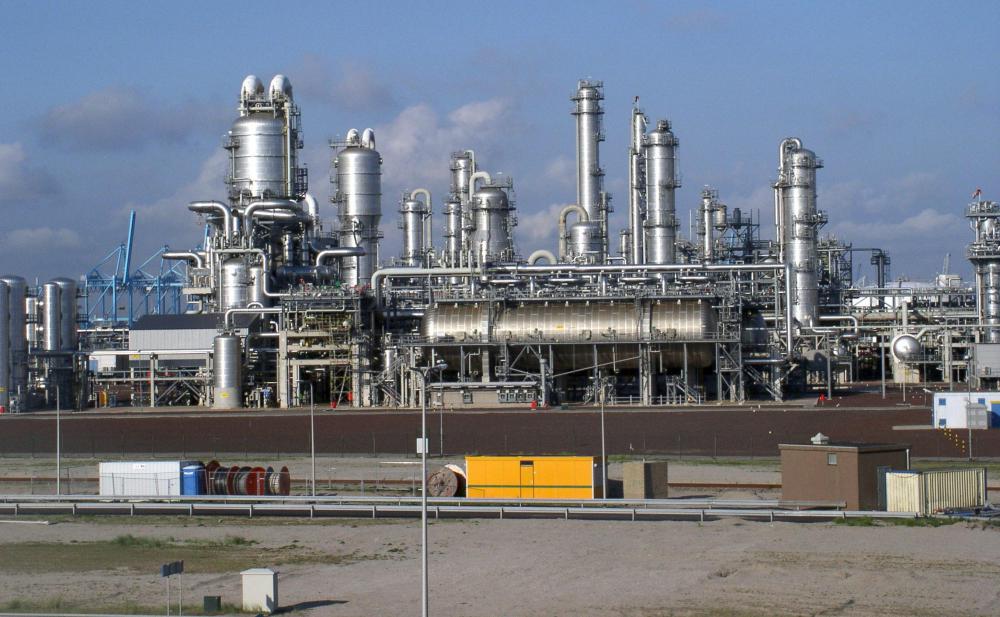At WiseGEEK, we're committed to delivering accurate, trustworthy information. Our expert-authored content is rigorously fact-checked and sourced from credible authorities. Discover how we uphold the highest standards in providing you with reliable knowledge.
What Is Continuous Distillation?
Continuous distillation is a process used in industry to separate chemical compounds. It works using the principles of distillation, but is particularly useful in dealing with large volumes of industrial chemicals by allowing distillation to happen without interruption. The process is especially important in the petroleum industry, where it is used to refine crude oil.
When a mixture of chemicals is boiled, certain chemicals — those with the lowest boiling points — undergo a change of state from liquid to gas and rise as vapor. In distillation, this vapor is passed through a device known as a condenser, which consists of a sealed tube surrounded by a hollow area filled with coolant. As the vapor is cooled, it condenses back from a gas into a liquid and runs down the tube into a container. By controlling the temperature of the boiler, specific chemicals can be separated out from a liquid mixture using this process.

Continuous distillation uses this principle to separate and purify industrial chemicals. A column, or tower, is filled with “feed,” the mixture to be purified. The mixture is then heated, and certain compounds rise as vapor. As they rise, however, they also cool, and some chemicals may fall back as liquid while others continue on as vapor. This progressively purifies the mixture and allows for more specific and controlled separation of the various compounds. The chemical vapors are run through separate condensers and into receiving vessels.

The high volume of liquid to be purified in industrial applications makes continuous distillation a more efficient option than batch distillation. In batch distillation, a certain volume of the mixture is distilled completely before more mixture is added. By contrast, in continuous distillation, the mixture is pumped in continuously and products are removed continuously. Columns used for this method have many different exit points for different products since they are all being removed simultaneously. Each exit point is placed at a different height on the column, according to where the vapor condenses as it falls.

It is impossible, however, to separate out just one chemical compound through continuous distillation. Instead, a series of chemicals within a specific boiling range is separated out at each stage of the column. These chemical groups are known as fractions, and the process that produces them is known as fractional distillation. When crude oil is refined, for example, several fractions are produced — naphtha has the lowest boiling range, followed by kerosene, diesel oil, and heavier products at the bottom. Each of these products is then further refined after separation until suitable for use.
AS FEATURED ON:
AS FEATURED ON:













Discuss this Article
Post your comments